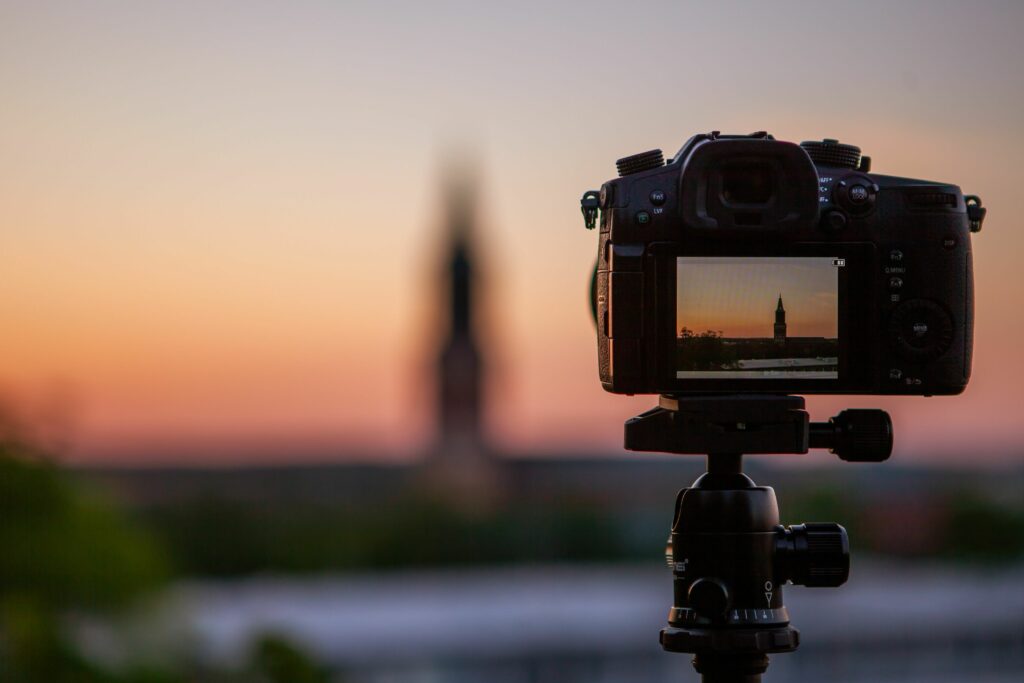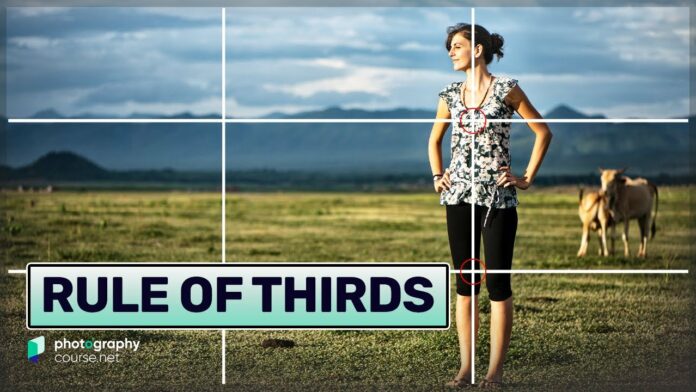The rule of thirds is a fundamental principle in photography that can transform ordinary images into compelling and well-balanced compositions. By understanding and mastering this rule, you can add depth, interest, and visual harmony to your photos. In this guide, we’ll explore what the rule of thirds is, how to apply it effectively, and how it can enhance your photography skills.
Understanding the Rule of Thirds
The rule of thirds involves dividing your image into nine equal parts by creating two equally spaced horizontal lines and two equally spaced vertical lines. This results in a grid with four points of intersection, often referred to as the “power points” or “points of interest.” Placing key elements along these lines or at the intersection points creates a sense of balance and draws the viewer’s eye to essential parts of the image.

Applying the Rule of Thirds
To apply the rule of thirds effectively, follow these steps:
1. Enable Grid Lines
Most modern cameras and smartphones have an option to enable grid lines in the viewfinder or display. Turn on this feature to visualize the grid and assist in composing your shots.
2. Align Key Elements
When framing your shot, try to position your main subject or focal point along one of the vertical lines or at an intersection point. For example, in a portrait, place the subject’s eyes near one of the upper intersections, and in a landscape, position the horizon along one of the horizontal lines.
3. Use Leading Lines
Leading lines are natural or man-made elements that guide the viewer’s gaze through the image. Align these lines with the grid to enhance the composition further. Leading lines could be roads, fences, rivers, or any other linear elements.
4. Create Balance
The rule of thirds also applies to negative space. Ensure that the empty areas or backgrounds in your images complement the main subjects along the grid, creating a sense of visual balance.
5. Avoid Centering Your Subject
Placing your subject right in the center of the frame can result in a static and less engaging composition. Embrace the rule of thirds to create a more dynamic and visually pleasing image.
Enhancing Your Photography with the Rule of Thirds
Mastering the rule of thirds is not just about adhering strictly to the grid; it’s about understanding when and how to use it creatively:
1. Portrait Photography
In portrait photography, align the subject’s eyes with one of the upper intersections to draw attention to the eyes, which are often the focal point of a portrait.
2. Landscape Photography
For landscapes, position the horizon along either the upper or lower horizontal line to emphasize the sky or foreground, depending on which is more compelling.
3. Still Life and Macro Photography
In still life or macro photography, use the grid to balance the main subject with other elements in the frame, creating an aesthetically pleasing arrangement.
4. Street Photography
In street photography, capture candid moments with subjects positioned along the grid to tell a story or evoke emotions.
Practice, Experiment, and Improve
Like any photography technique, mastering the rule of thirds takes practice and experimentation. As you become more proficient, you’ll intuitively recognize opportunities to use or deviate from this rule for creative effect. Keep in mind that rules in art are meant to be broken, but understanding the rule of thirds provides you with a solid foundation to produce captivating and well-composed images.
Conclusion
The rule of thirds is a valuable tool for every photographer seeking to create visually engaging and balanced compositions. By aligning key elements with the grid’s lines and intersection points, you can lead the viewer’s eye, add depth, and create a more compelling narrative in your photographs. As you continue to hone your photography skills, remember to experiment, break the rules when appropriate, and trust your creative instincts to develop a unique style that sets your work apart. Happy shooting!


